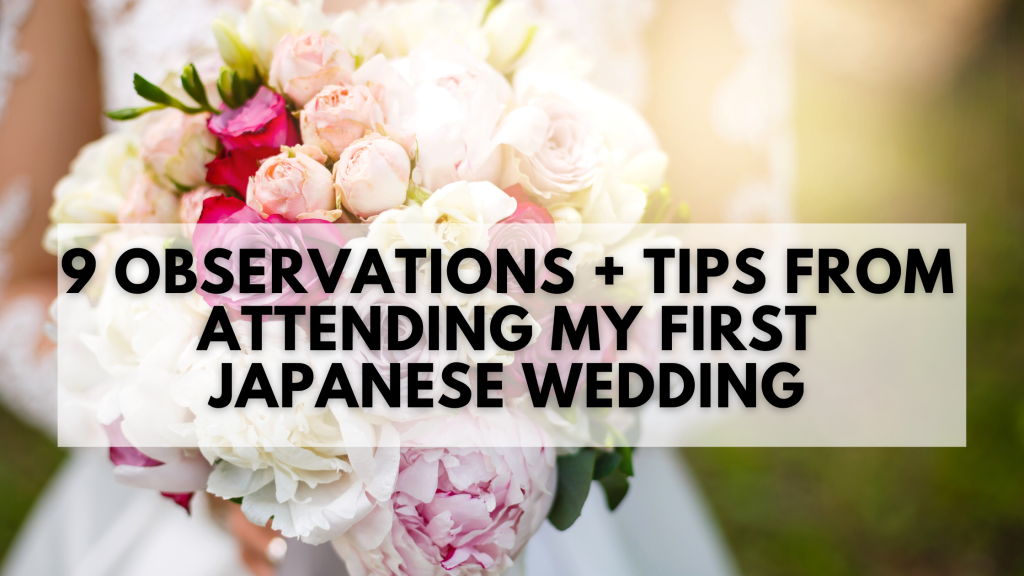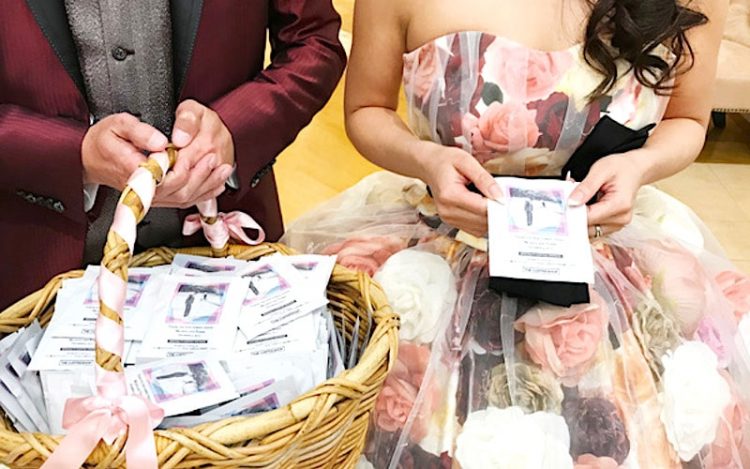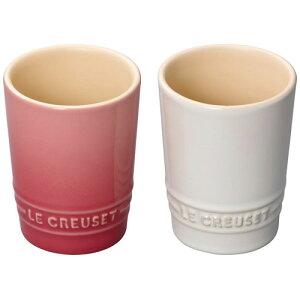
Towards the beginning of November I travelled to Tokyo for my first Japanese wedding… EVER. In the 8 years I’ve lived in Japan I was never invited to a wedding but this time a Japanese university friend who I’m close with was getting married and she invited me, even with capacity reduced to 50% because of the current global situation. I felt honored and I wanted to make sure that I did as much as I could right…. and somehow I was able to get through it unscathed and with no faux pas in the process. Here are a 10 tips and observations that I made through preparing for and attending my first Japanese wedding.
Travel money and gift money
For a Japanese wedding you DO NOT give a physical gift. Instead, you gift money to the couple to pay for the wedding/ your seat at the wedding itself, called “Goshugi” 「ご祝儀」and the amount depends on your relationship to the couple. Since I was a friend of the bride (but not a best friend), I was expected to give 30,000 yen, or the equivalent of about $300 USD as a gift to attend the wedding. If you are a close friend you are expected to give 50,000 yen ($500 USD), if you are a boss or relative (not a sibling) you are expected to give between 50,000 yen to 100,000 yen, which also applies if you attend the wedding as a couple. This amount is not supposed be even numbers like 2 and 4 because it can mean separation. You also have to put this into a special envelope called a shugi-bukuro (祝儀袋) and hand it to the reception area when you check in at the wedding venue. There are more rules but since I was attending as a friend of the bride I had it pretty simple.

On top of this, something I did not know prior is that if you are traveling from a long distance to the wedding it is customary for the the family of the bride or groom (whoever you were invited by) to give you what is called “Kurumadai” 「車代」which is repayment for your travel expenses to the area the wedding is being held in. Kuruma「車」, translates to “car” and “Dai”「代」means expenses and even though everyone doesn’t come by car its still referred to it as that (according to my boss). Since I was traveling from Osaka I was given 30,000 yen in kurumadai from the bride’s family. They actually went up and greeted each person on the bride’s side of the wedding and it was during this time that they handed me the money. Be warned, DO NOT open this envelope at the table in front of the other guests (some don’t receive this if they are not coming from afar) or in front of the people giving it to you. It is extremely rude to do that. Tuck it away in your bag when you get the chance and confirm the contents of it later.
Formal Dress
I’ve walked past formal wear shops and seen Japanese people dressed to the 9’s for weddings out and about for a long time and always saw these really fancy over the top dresses that women wear and men dressed in 3 piece suits etc. I was never impressed with the wedding fashion here because it seemed a bit too stuffy for me (for even ME who likes dresses!) I decided to pick out a dress that was beige and lace, since that was appropriate and many women wear lacy dresses, but it was a different than what I had seen before and was more to my taste and that I can wear again normally. When I was at the actual wedding, I realized that most of the women there wore dark dresses, some even black! I was kinda shocked… I then began to think that it had to do with age as most of the women there were late 20’s, early 30’s like me or older. I think I had the lightest dress there and it wasn’t even off white, it was a darker beige! Next time or IF I go to another wedding here I think I will pick out a dress that is more like royal blue/ navy instead. So, my advice is that the darker the dress the better, especially if you are in your late 20’s and up.

No “Plus one”
In the US it is very typical to invite a person to a wedding with a “plus one” or a date, even if the bride or groom doesn’t know them. It is also very common to invite people as a couple to a wedding, especially if they are married. When the invitation arrived for this wedding though, it did not mention a plus one at all (I did want my boyfriend to come with me) so I did a bit of research and it is not common in Japan to do that, EVEN if you are married. If the couple or the bride or groom knows both of them you can be invited as a couple but for the most part you are invited just as one person to the wedding if they don’t know your spouse. From what I know, it has to do with social circles… for example the table I was at was filled with people that went to the same university I studied abroad at (even though I had never met any of them before) and other tables were the brides work place and the grooms workplace etc. Once I learned this it made sense to me why I wouldn’t see many couples around in wedding attire when I saw people that I identified as coming from a wedding. I would see a large group of men or a large group of women or a very large group mixed but non of them seemed like couples.
Everything is timed and planned out and is very organized from start to finish.
From the moment you walk up to the reception area everything is perfectly timed and planned out. I arrived about 10 minutes before the start of the wedding and there were only a few others not seated yet. I was handed a pamphlet and I showed myself to my seat seat printed on the seating chart in the pamphlet, which is where you basically stay the entire time like a gala dinner or an awards ceremony. I say it like this because there is no dancing or really much getting up out of your seat the entire time, you sit and watch everything happen like a well timed performance. Now, this was a wedding during the global situation so it was a bit different than usual, as normally there is a ceremony and reception separate. In this case the “ceremony” and the reception were in the same room with the ceremony coming first. This particular couple were legally married a while prior to this so this was mostly for show at this point which is actually pretty common with couples here, from what I am told. There was an “MC” that was a commentator the entire night and basically kept everything on track. There was an entire team from the hotel that stayed by the couple almost the entire time directing them on every move and everything they were supposed to do as well, which I found fascinating. You could tell they were there but it wasn’t “intrusive” at all. The wedding began promptly on time and ended at basically 3 and a half hours after it began. We were all “dismissed” by table as the the parents of both the bride and the groom, together with the bride and groom, all greeted the guests as they left the wedding.
No “wedding party” and an emphasis on family
A big difference that stuck out to me is that there is no wedding party in Japan, meaning no bridesmaids or groomsmen etc. but the important people to the bride and groom all gave speeches during the night. It was just the couple the entire time up front and center and there was a big emphasis on family, like the older 2 generations of women escorting the daughter to her dress change (spoken about later), and emphasizing gratitude to the parents which is a big thing here in Japan when getting married by presenting the parents with gifts and also the couple giving a speech to them. There was no “father daughter dance” like in the US and it was actually both of her parents that gave her away during the ceremony part of the evening.
Dress/ clothing changes| Oiro Naoshi 「お色直し」
Both the bride and the groom changed their clothing about half way through the night, the bride from her white wedding dress to a deep pink dress and the groom changing up his look to match the bride with pink accessories. Its called Oiro Naoshi 「お色直し」, literally translating to “change of color” and this part fascinated me because it’s not common in the US to have multiple dresses, but sometimes if there is a budget there will be a ceremony dress and a reception dress. In Japan there can even be up to 3-4 dress changes during the night depending on how fancy the wedding is. Some women change from a wedding dress to a Kimono, some change from a kimono to a colorful dress or a wedding dress.

You don’t eat the cake!
This was what shocked me the most… they had a part of the reception where they “cut the cake” but we never ate it. To this day I still don’t know if that was for show or if they were keeping the cake for another time time for themselves or what the deal was… all I knew is that I confused when dessert came and went and we didn’t get to eat the cake. I’m not sure if this is the case across the board at Japanese weddings, but for this one there was no wedding cake for the guests.
No time to speak with the couple one on one
This also happens in the US, but throughout the evening we were hardly able to talk to the couple at all. There were a couple of opportunities to say hi, like taking a picture with them at 1 point, they came to each table at another time and then as we greeted them on the way out. All I was able to say each time was “Congratulations! Let’s hang out next time you’re in Osaka!”. This part kind of is what personally puts me off to weddings… I don’t like the idea of having even 40 guests like they did come and you can’t even interact with them on your special day. I would rather have a series of smaller parties where I can properly thank everyone and spend time with them one on one.
SO many gifts to the guests
I heard that we receive gifts as a guest but I was surprised at how many I got! Most of it was food items, like small gourmet pound cakes and cookies etc, from the hotel it was held at but I also received 2 Le Creuset tumbler glasses that were beautiful. Kitchen wear and food items are the most common gifts that you receive as a guest at a Japanese wedding and sometimes the men let you choose your own from a catalogue after you get home from the wedding!

Have you been to a Japanese wedding? What are weddings like where you are from? Let me know in the comments below!


